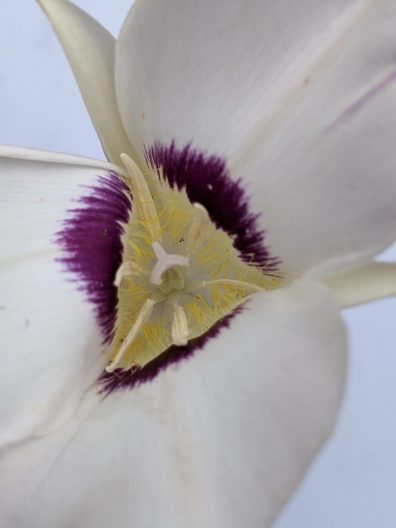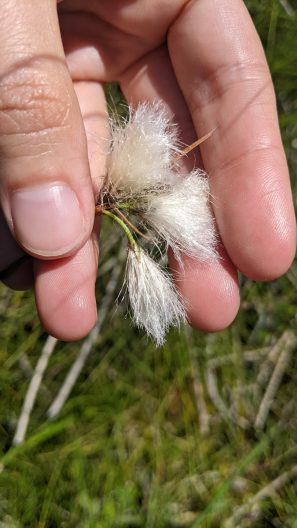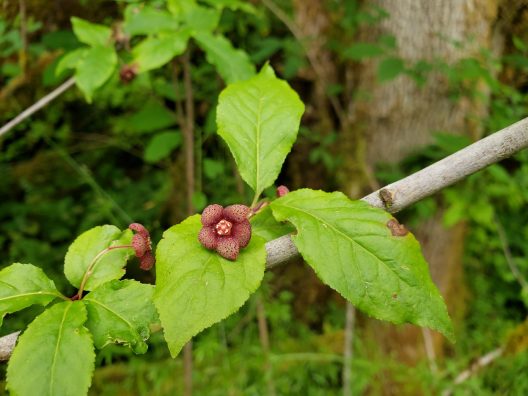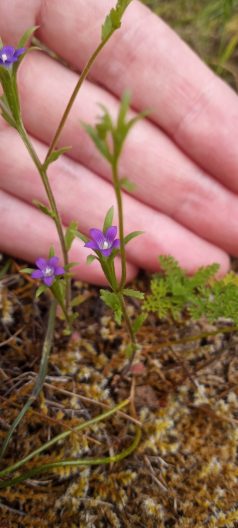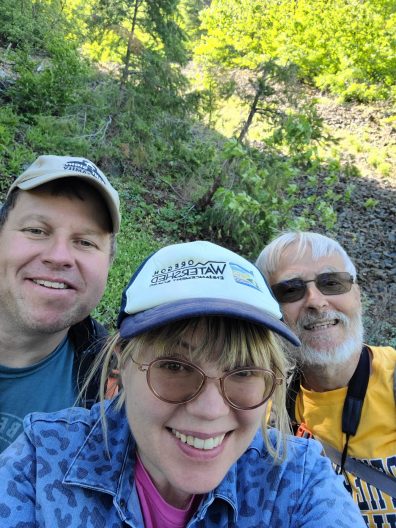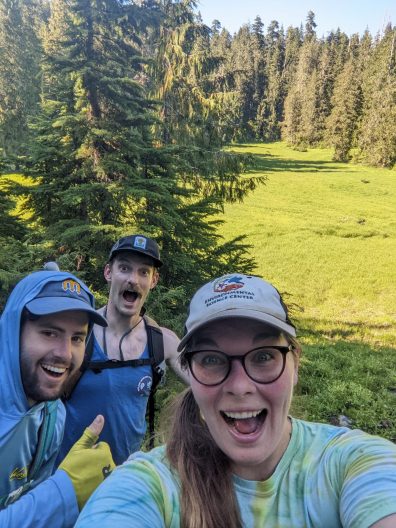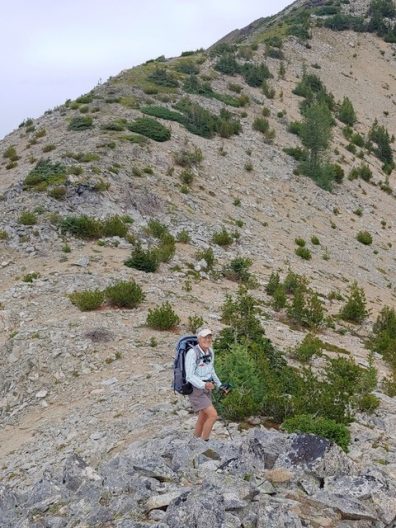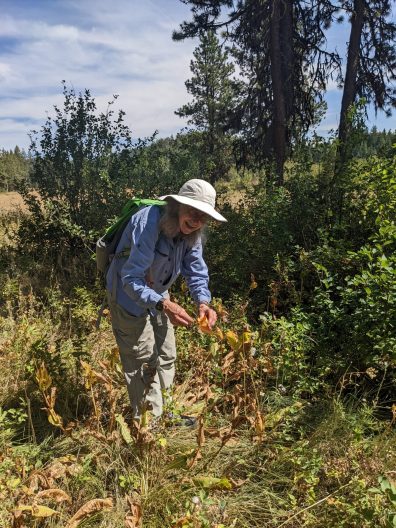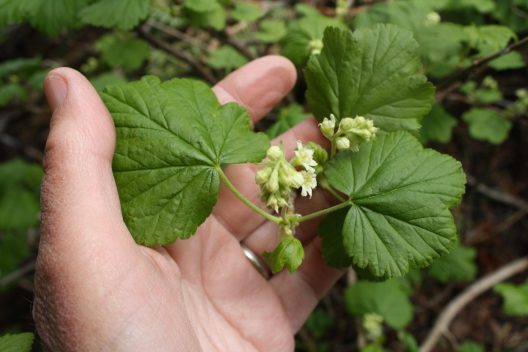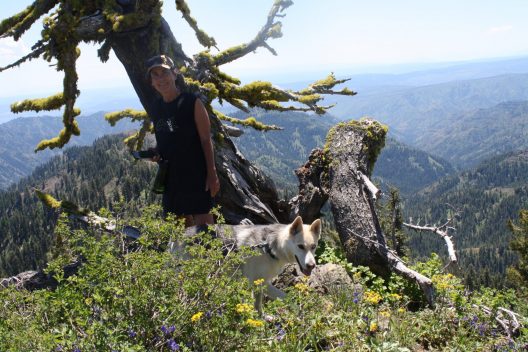Notes from the Field
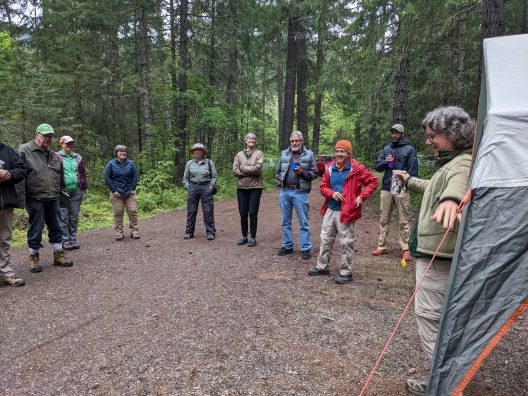
Group getting ready for the monitoring weekend. Credit: Anna Carragee
The cool, wet spring of 2022 set the stage for a productive field season and some excellent botanizing! The additional rainfall in many parts of the state meant that conditions were ripe for finding elusive rare annuals. The lower temperatures and higher moisture levels delayed bloom times for many species compared to recent years and also extended flowering, creating longer windows of opportunity to find the plants.
In late May, Regina Wandler and Sarah Shipley found common blue cup (Githopsis specularioides). This annual, just 30 cm high, had eluded all previous searchers at a site in southwestern Washington since it was first found in 2004. Regina and Sarah were so relieved to find three plants with their stems of single, dark purple flowers in full bloom. This is a perfect example of why we keep looking even after a volunteer comes back empty-handed the first few tries. The seed bank for many of these annuals can stick around for years, waiting for just the right conditions.
Not only did Rare Care volunteers locate some annuals on what was set to be the third and final attempt, but they also found many potentially new populations to add to the Washington Natural Heritage Program’s list. During the annual monitoring weekend out of Trout Lake in the Gifford Pinchot National Forest, volunteers discovered seven new populations to add to our database. Paul Slichter also submitted sighting reports for 13 different populations in that general region including a dark-red-flowered rockcress (Boechera atrorubens) from his and Ron Toonen’s ongoing general survey of the Klickitat Wildlife Area’s Simcoe Mountain acquisition. At the time of publication, volunteers have submitted 28 monitoring reports for potentially new populations.
High up in a mountain pass of Mt. Baker-Snoqualmie National Forest, Jennie Green found a potentially new population of clubmoss mountain heather (Cassiope lycopodiodes) that would be only the third known population in the state! Jennie spotted these trailing plants on a rock face near her 2021 assignment for Choris’ bog-orchid (Plantanthera chorisiana). Clubmoss mountain heather is much more common in circumboreal regions such as Russia, southern islands of Alaska, and south through British Columbia. The Washington occurrences are quite disjunct from the rest of the species’ range and are likely the last refugia for clubmoss mountain heather in the lower 48 states since the glaciers of the last ice age receded.
Adding potentially new populations to our shared knowledge of Washington State rare flora is always exciting. It gives you the sense that discovery is possible at any moment, if you are prepared with curiosity for the world around you, your Flora and your loupe!
Click the right and left arrows to look through the photo gallery from this year’s monitoring season.
